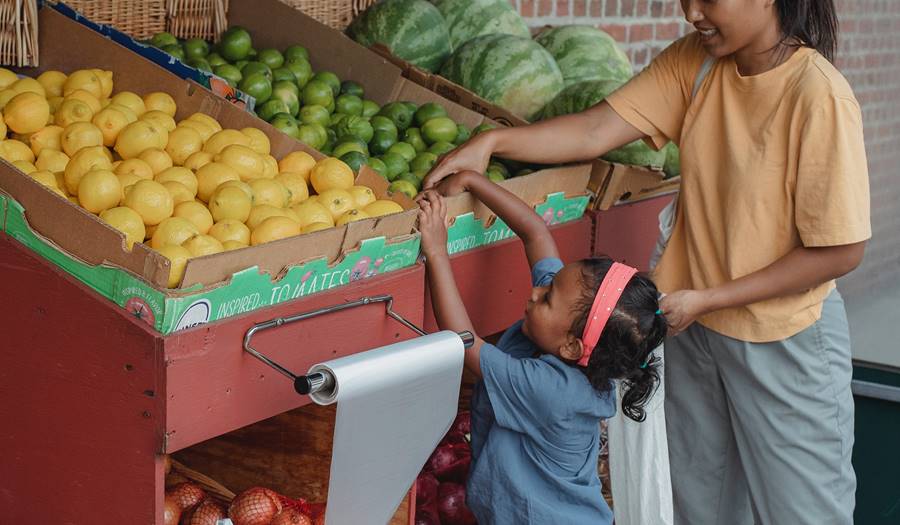
What Is The Consumer Price Index?
2/25/2021
The Consumer Price Index impacts how much we pay for our goods and services.
Over the last year, we have heard quite a bit about the economy. We have seen interest rates decrease and housing costs increase. We have seen record numbers of unemployment, leaving people unable to pay their rent and mortgages. One abbreviation I continue to see is CPI. I thought I would share what CPI means and how it is not only impacting the economy, but us personally.
CPI is the Consumer Price Index. The Consumer Price Index measures the monthly change in the retail prices of approximately 80,000 specific goods and services. The goods and services fall into eight major categories: food and beverage, housing, apparel, transportation, medical care, recreation, education and communication. These goods and services are known as the market basket. You may notice that the market basket contains goods and services that we purchase often, even during Covid-19.
Listen to our Podcast:
The CPI reflects spending patterns for each of two population groups: urban consumers and urban wage earners. The urban consumer group represents about 93 percent of the total U.S. population. Not included in the CPI are the spending patterns of people living in rural nonmetropolitan areas, those in farm households, people in the Armed Forces, and those in institutions, such as prisons and mental hospitals.
While the CPI is not following our individual purchases, it does impact how much we pay for items. Changes in the CPI are used to assess price changes associated with the cost of living. The cost of living refers to the amount of money we need to cover our basic needs. The CPI is one of the most frequently used statistics for identifying periods of inflation or deflation in your area.
Read More: Maintaining Financial Stability Through COVID-19
Feeding ourselves and our families is something we can all relate to. We all need food to survive, but it has become increasingly more expensive to do so. More shocking is that hunger is at an all-time high in the country, and we are all trying to avoid the Corona virus. The consumer price index (CPI) for food increased by 0.4% in December 2020 from the previous month, with food prices ending the year 3.9% higher than 2019, according to recent data from the Department of Agriculture and the Bureau of Labor Statistics. The year-over-year jump outpaced the 20-year average of 2% and the increases seen in 2018 (0.4%) and 2019 (0.9%). In layman's terms, food is getting more expensive. We are also seeing an increase in credit use to pay for items such as food shopping, utilities, and rent.
Read More: Are You Being Charged This Sneaky 4% On Your Credit Card Purchases?
Given the changes in the cost of food, it's a good idea to revisit your budget to ensure you have enough built-in for grocery expenses. Feel free to reach out to a Navicore Counselor for assistance at 800-992-4557.

Kim Cole is the Community Engagement Manager for Navicore Solutions. Kim provides financial education workshops and seminars to communities. Readers can submit general questions relating to personal finance, credit scoring, debt management, student loans, home finance or bankruptcy which may be highlighted in the next month's edition. All identifying information will be kept anonymous.
Please send your questions via email to DearKim@navicoresolutions.org